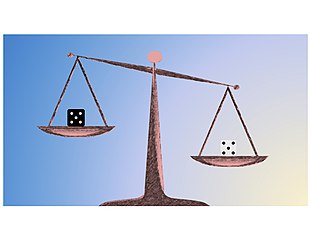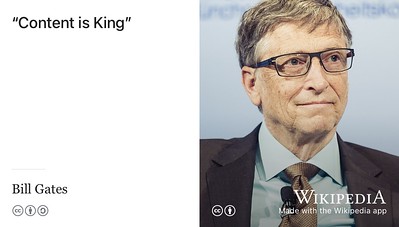
Microcredentials are mini-qualifications that allow learners to provide evidence of their broader skills alongside their traditional academic awards. How can these awards be integrated into existing educational qualifications? Join us on Monday 4th September at 2pm BST (UTC+1) to discuss a paper on this topic by Rupert Ward, Tom Crick, James H. Davenport, Paul Hanna, Alan Hayes, Alastair Irons, Keith Miller, Faron Moller, Tom Prickett and Julie Walters. From the abstract:
Employers are increasingly selecting and developing employees based on skills rather than qualifications. Governments now have a growing focus on skilling, reskilling and upskilling the workforce through skills-based development rather than qualifications as a way of improving productivity. Both these changes are leading to a much stronger interest in digital badging and micro-credentialing that enables a more granular, skills-based development of learner-earners. This paper explores the use of an online skills profiling tool that can be used by designers, educators, researchers, employers and governments to understand how badges and micro-credentials can be incorporated within existing qualifications and how skills developed within learning can be compared and aligned to those sought in job roles. This work, and lessons learnt from the case study examples of computing-related degree programmes in the UK, also highlights exciting opportunities for educational providers to develop and accommodate personalised learning into existing formal education structures across a range of settings and contexts.
We’ll be joined by Rupert Ward and some of the other co-authors of the paper who will give a five-minute lightning talk to kick-off our discussion. All welcome, as usual we’ll be meeting on Zoom, details at sigcse.cs.manchester.ac.uk/join-us.
References
- Ward, Rupert; Crick, Tom; Davenport, James H.; Hanna, Paul; Hayes, Alan; Irons, Alastair; Miller, Keith; Moller, Faron; Prickett, Tom; Walters, Julie (2023). “Using Skills Profiling to Enable Badges and Micro-Credentials to be Incorporated into Higher Education Courses”. Journal of Interactive Media in Education. Ubiquity Press, Ltd. 2023 (1). DOI:10.5334/jime.807








